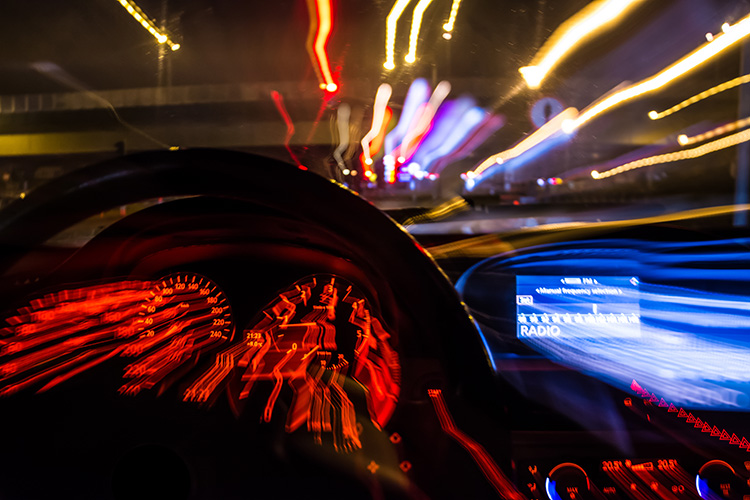
Can you drink non-alcoholic beer while driving?
A popular question seems to be, “Can you drink non-alcoholic beer while driving?” The answer depends on where you are, since state open-container laws vary and even a legal drink can still cause confusion during a stop. Non-alcoholic beer has grown into a global market worth more than $38 billion in 2025, with steady growth as people look for alcohol alternatives. Because it looks like regular beer, many drivers wonder if it’s legal to drink one while driving. In most states, non-alcoholic beer is not classified as alcohol under DUI laws, but state open container laws vary, and an opened can may still raise suspicion or lead to a citation.
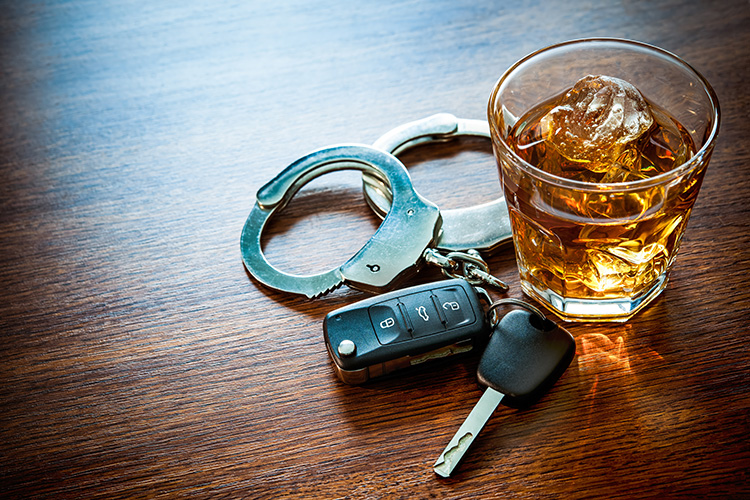
Many people still ask, “can you drink non-alcoholic beer while driving without breaking the law?” While DUI statutes usually don’t apply, open container laws can.
Open container laws regulate where alcoholic beverages can be possessed or consumed, and they exist at both the state and local levels. At their core, these laws aim to reduce drunk driving, public intoxication, and the disturbances that often come with alcohol use in public spaces.
There are two main types of open container laws:
These laws make it illegal to have an open alcoholic beverage inside the passenger area of a car on a public road. It does not matter if the driver is drinking or a passenger is holding the container, both are generally prohibited. An “open container” means any bottle, can, or cup that has a broken seal or is partially consumed. In most states, open containers must be stored in areas not accessible to the driver, such as the trunk.
Drivers often ask, “Can you drink non-alcoholic beer while driving if it’s sealed and kept out of reach?” Even when the law allows it, officers may still investigate since the can looks like regular beer. These laws prohibit drinking or holding an open alcoholic beverage in public places like sidewalks, parks, parking lots, or apartment building hallways. Some cities carve out exceptions for entertainment districts or special events, but the general rule is that public drinking is banned.
Since non-alcoholic beer looks like regular beer, drinking it in the car can raise suspicion. Even if it’s legal, an officer might still pull you over, which can create hassles.
Under federal and state law, drinks under 0.5% ABV generally aren’t treated as “alcoholic beverages” for DUI purposes. But open-container rules still matter, and wording differs by state.
Bottom line: In all four states, a true NA beer (< 0.5% ABV) usually isn’t an “alcoholic beverage” under DUI/open-container statutes—but officers can still investigate if it looks or smells like beer. If you’re asking yourself, “can you drink non-alcoholic beer while driving without legal risk?”, the safest approach is to keep it sealed and stored away.
Not legal advice. Laws change; local ordinances and under-21 rules can differ.
A common concern is not just can you drink non-alcoholic beer while driving, but whether trace alcohol could still trigger a roadside breathalyzer. While non-alcoholic beer is marketed as alcohol-free, studies show that labeling is not always accurate. In one review, nearly a third of no or low-alcohol drinks contained higher alcohol levels than stated, and several products labeled “0.0%” were found to have more than 1% alcohol. This means that even when a product appears safe, it may contain enough alcohol to register on a sensitive breath test.
For most healthy adults, the trace alcohol in a few non-alcoholic beers is unlikely to raise blood alcohol concentration anywhere near the legal limit. However, there are exceptions. People with liver disease or impaired liver function have been shown to accumulate much higher blood alcohol levels after drinking these beverages. In documented cases, individuals with severe liver conditions tested at significant levels on alcohol screens after consuming “non-alcoholic” beer.
This creates a risk: a roadside breathalyzer could detect trace alcohol, which may prompt further investigation even if you are not impaired.
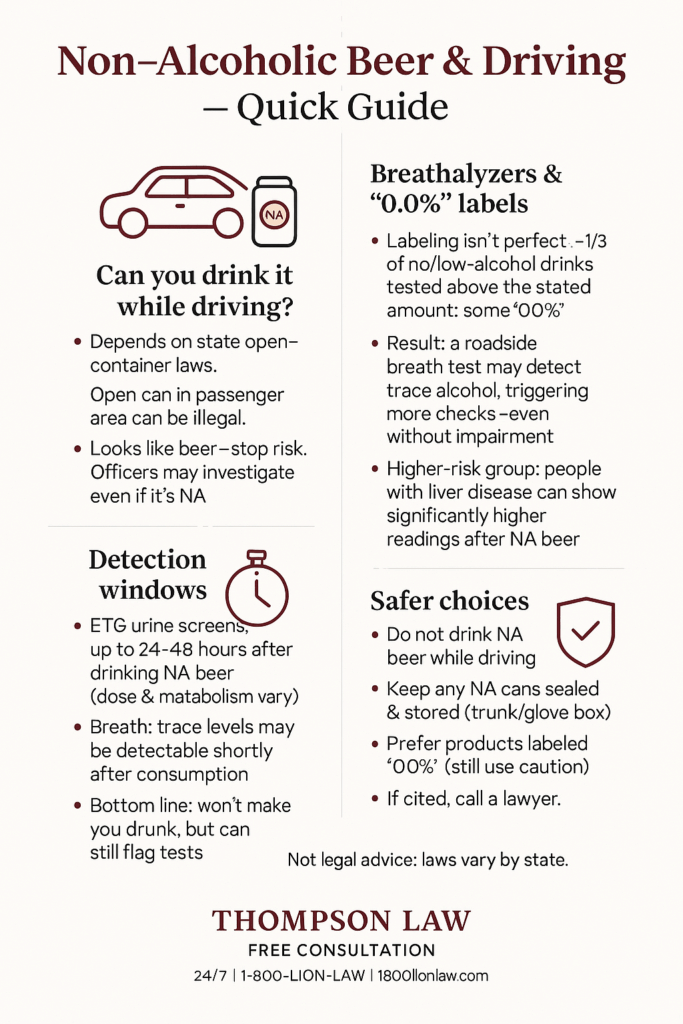
For drivers on probation, workplace testing, or strict monitoring, the question can you drink non-alcoholic beer while driving carries extra weight, since ETG tests can detect even trace alcohol. Even though non-alcoholic beer is marketed as safe, it still contains trace amounts of alcohol that the body processes like any other alcoholic beverage. Ethyl glucuronide (ETG) tests, which are commonly used in probation, workplace, and legal settings, can detect these metabolites for up to 24 to 48 hours after drinking. The exact detection window depends on factors such as how many beers were consumed, the timing, and individual metabolism.
Forum discussions and medical advice confirm that drinking several non-alcoholic beers in one evening may still produce a positive ETG result the next morning. For example, Heineken 0.0 is often labeled as containing around 0.3% alcohol, which is low enough that it will not cause impairment but still high enough to be picked up by sensitive urine tests. This is especially important for individuals subject to strict alcohol monitoring, such as probation conditions.
The bottom line: non-alcoholic beer won’t make you drunk, but it can stay in your system long enough to cause issues with certain tests.
Beyond DUI charges, another concern tied to the question “Can you drink non-alcoholic beer while driving?”, is the risk of confusion in workplaces, probation programs, and for underage drivers. Aside from looking suspicious to officers, non-alcoholic beer can create other complications for drivers:
Some employers and probation programs enforce zero-tolerance policies. Even trace alcohol from non-alcoholic beer could trigger consequences if detected in testing.
In certain states, minors cannot legally possess beverages labeled as “beer,” even if they are marketed as alcohol-free.
Non-alcoholic beer can leave an odor similar to regular beer. This may cause officers or supervisors to assume alcohol use, leading to extra scrutiny or testing.
While these situations may not always lead to criminal charges, they can still create legal headaches, delays, or misunderstandings.
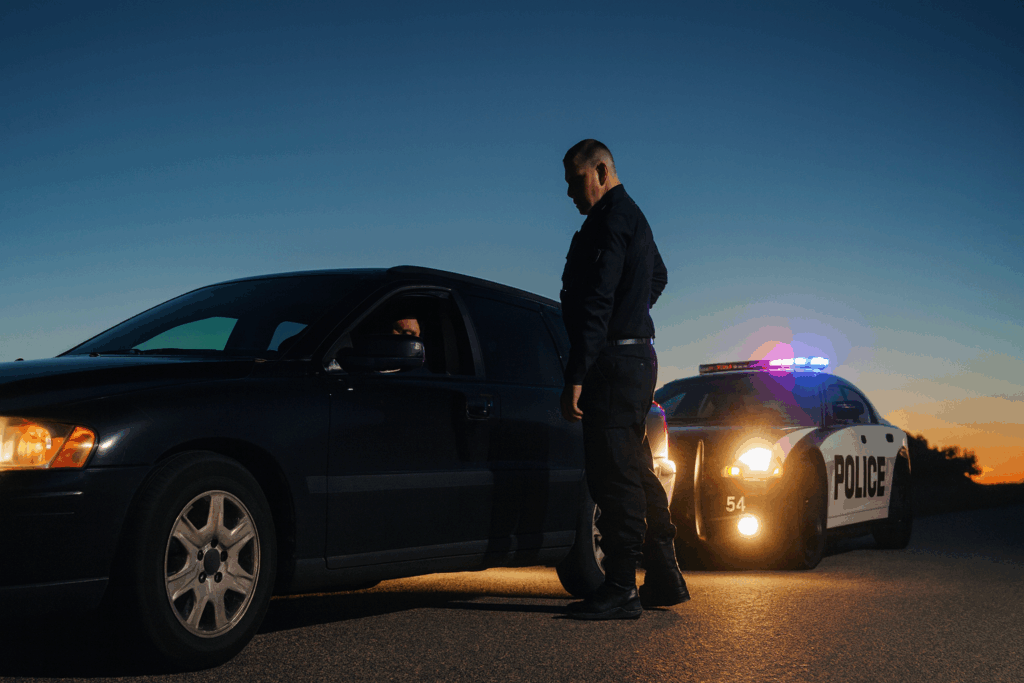
The rules for drinking non-alcoholic beer in a car depend on state law. In some places, even carrying an open can could lead to confusion or a citation. The safest choice is to avoid drinking it while driving. If you were stopped and cited over confusion about whether you can drink non-alcoholic beer while driving, our attorneys can help protect your rights. Contact Thompson Law today for a FREE CONSULTATION. Our experienced attorneys can review your case, explain your legal options, and fight to protect your rights.
Serving clients facing DUI charges and personal injury claims in:
In most states, you can drink non-alcoholic beer while driving because it is not classified as alcohol under DUI laws. However, since it looks like beer,Publ officers may stop you, and open container rules vary by state.
Yes, in some cases. Even though non-alcoholic beer has less than 0.5% ABV, sensitive breath tests can sometimes detect trace alcohol levels, especially if multiple cans are consumed.
It depends on the state. Some states restrict possession of any product labeled “beer,” even if it is non-alcoholic. Always check local laws before allowing minors to consume it.
ETG tests can detect the metabolites of non-alcoholic beer for up to 24–48 hours after consumption. The exact time depends on metabolism, the amount consumed, and testing sensitivity.
Yes. While it won’t impair you, drinking non-alcoholic beer in public or in a vehicle can create confusion for officers, employers, or probation programs, leading to potential legal or professional problems.
Sí. Hablamos español. We provide bilingual support so Spanish-speaking clients have full access to our attorneys.
Contact us today for a FREE CONSULTATION!




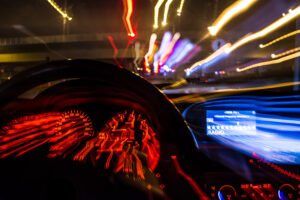

Thompson Law charges NO FEE unless we obtain a settlement for your case. We’ve put over $1.9 billion in cash settlements in our clients’ pockets. Contact us today for a free, no-obligation consultation to discuss your accident, get your questions answered, and understand your legal options.
State law limits the time you have to file a claim after an injury accident, so call today.